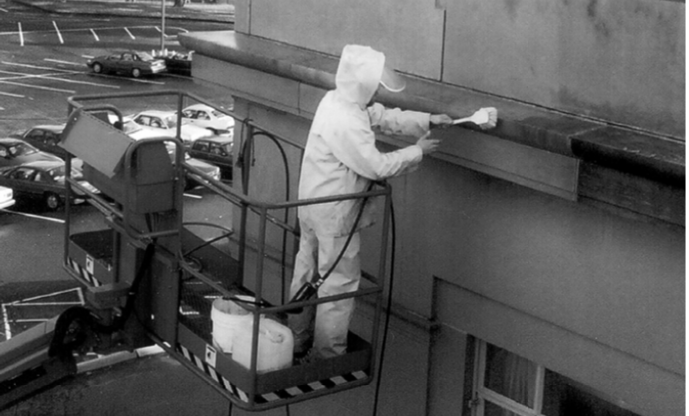Repair and Maintenance of Historic Marble and Limestone

Arthur L. Sanders, AIA and Lawrence E. Keenan, AIA, PE from Hoffman Architects wrote an article on the repair and maintenance of historic marble and limestone structures. They explain the ins and outs of regular maintenance and the key to longevity. Whether you’re thumbing through the pages of a history book or surfing the web, it’s easy to see that stone is a lasting testament to architecture through the ages. One of the more enduring building materials, stone has been used throughout history for building construction. In particular, marble and limestone are two of the most commonly encountered materials in historic structures. For thousands of years, these materials have been valued for their beauty and versatility. Despite their aura of permanence, both limestone and marble can suffer from time and wear. As a result of today’s increasing urbanization and pollution, stone deterioration is occurring far more rapidly than in the past. Dirt accumulation, cracked masonry, spalling and loss of structural integrity are among the problems affecting stone structures.
They go on to explain:
- The origin of limestone and marble limestone.
- The importance of repairing historic marble and limestone.
- Where to start in the rehabilitation of stone.
- Knowing the condition of your building.
- Costs of repairing.
- Finding the source of deterioration in stone.
- Common repair techniques.
- "Protective" coatings.
- Ongoing maintenance and cleaning.
- Who is qualified to do the work.
Although deterioration in limestone and marble is inevitable, there are ways to slow the process and prevent serious damage. Routine maintenance and inspections can reveal surface damage, displacement and joint failure that can signify more serious underlying conditions. Early detection and prompt, careful attention are key.
Subscribe Today!
Stay-in-the-know and subscribe to our blog today!